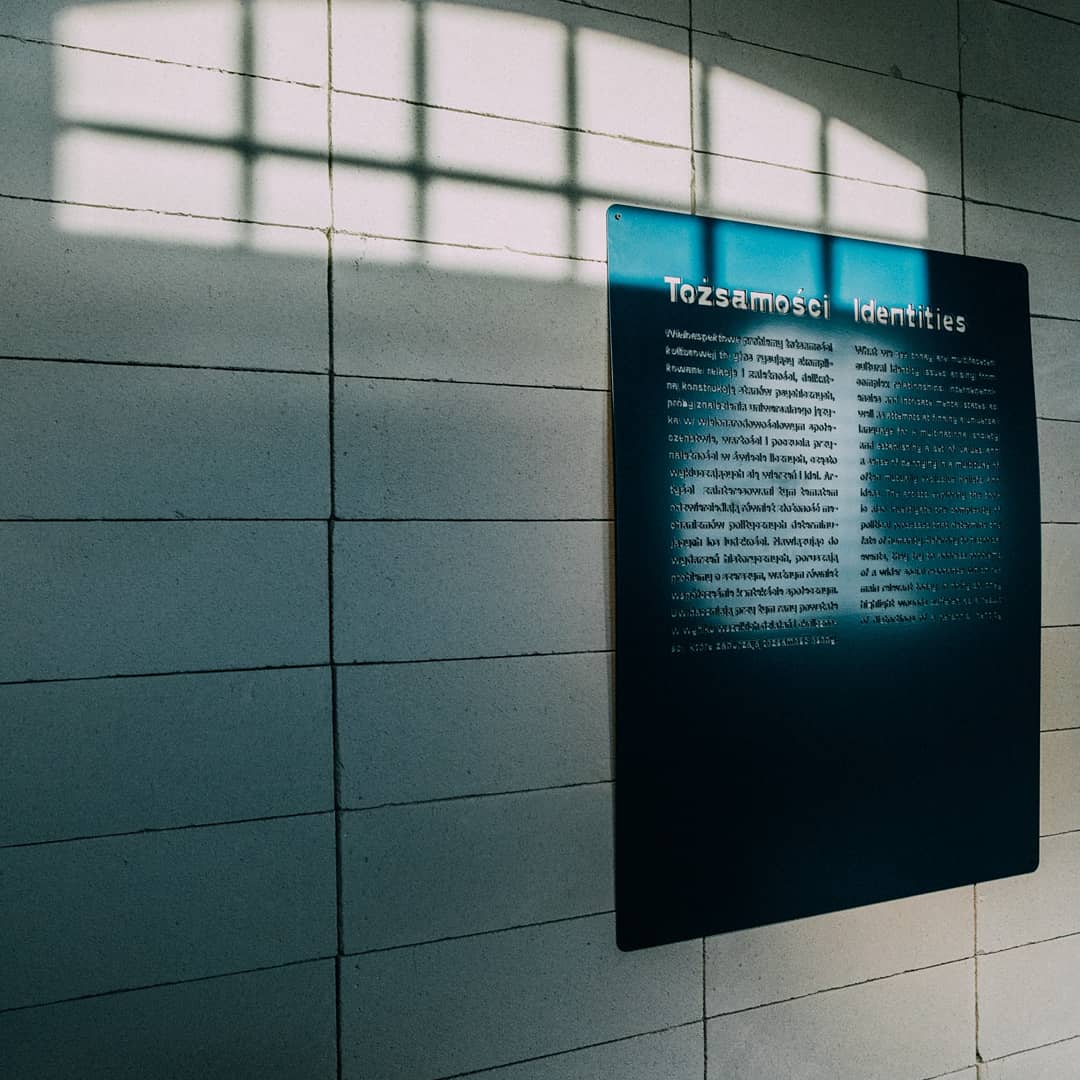The 16th International Triennial of Tapestry in Łódź follows a slightly updated formula. As a throwback to its early years, the presentation revolves around a pre-established theme, therefore providing the artists with an opportunity to touch upon the most current and widely resonating issues. Consequently, the tapestry itself can be perceived through the prism of the latest artistic tendencies. The main theme of this year’s edition is “Breaching Borders.” What better way to launch a multifaceted debate than to focus it on one of the most pressing and poignant matters in today’s reality.

The 16th International Triennial of Tapestry in Łódź, 2019.
Since the new generation of artists entered the scene, the art of tapestry has been subject to a number of transformations. Instead of deliberating whether textiles should be deemed art or craft, they decided to place the emphasis on their multiple meanings and various functions rooted in the material culture. Through textiles, they explore bodily protection, accumulation of wealth and prestige, as well as religious implications.
Alex Younger’s Solidarity opens the exhibition. The artwork composed of two loosely interwoven pieces of fabric highlights the significance of unity and collective effort. A print “Community is made through the collaboration of those invested in each other’s fight” is legible only after the work is stretched out thoroughly. The jury awarded a gold medal to the artist. One of the cited reasons was the relevance of its message to the contemporary global landscape.

The 16th International Triennial of Tapestry in Łódź, 2019.
Although the majority of pieces projects an optimistic vision, a substantial portion of the exposition reflects our pervading fears and threats we face. In their work, artists often refer to the complex and perturbing political climate, social and political tensions, climate change and climate-related catastrophe, environmental pollution, development of technology etc. In order to elucidate the works’ meaning in the context of the entire exhibition, Marta Kowalewska, the show’s curator, divided them into the following thematic sections: Migrations, Identity, Memory, Soma, Nature, Psyche and Dialogue.
The act of breaching borders is immediately and naturally associated with different aspects of migration, which captured the imagination of many artists. The problems and barriers linked to relocation, tensions arising from cultural differences, the notion of cultural identity and a sense of belonging in the world marked by varying, often antithetical beliefs or ideas – these are some of the matters which fascinate the artists.

The 16th International Triennial of Tapestry in Łódź, 2019.
An unhurried process of creation involved in tapestry encourages focus and contemplation. As an antidote to the dynamic contemporary shifts, meditative craftsmanship might guide us through the times of grief and provoke pensive rumination over the nature of suffering. Two works on display seem to illustrate this idea. After an unexpected turn of events, the jury awarded the second gold medal to Dobrosława Kowalewska. In her “Letters to Helena”, the artist bids farewell to a friend who died several years ago, composes the letter depicting her thoughts, feelings and memories. The silver medalist of this year’s triennial is Aurélia Jaubert. A mixture of references to art, history and popular culture instilled in the collage “3eme Âge” blurs the boundaries between categories. As a result, it could be interpreted as the portrayal of contemporaneity descending into chaos.
Our perception of reality is also affected by unnerving changes in the world of nature. In this context, we encounter the concepts related to civilization and its impact on the environment. Artists comment on the unlimited exploitation of natural resources causing the extinction of species and marked by animal cruelty, they indicate consumerism as the driving force of the Western society, resulting in global food and textile surplus, unevenly distributed.

The 16th International Triennial of Tapestry in Łódź, 2019.
Additionally, the breached borders might be connected with corporeality. Artists are interested in the way in which a human body often determines one’s identity and sexuality. This delicate issue evokes intimacy and potential violation of certain areas. Human psyche is affected frequently by the turbulent modern times.
A large section of the exhibition covers technical aspects of textile art, especially practical and material expertise. The artists’ cutting-edge technique and execution testify to the fluid distinction between various art disciplines. The piece by Ieva Augaitytė combines for instance visual arts with music.
Diversity of artistic production, plethora of materials, structures and formal solutions remind us all that tapestry can represent successfully the most pressing issues of the world we live in. As such, it has earned its place in the contemporary art canon.









